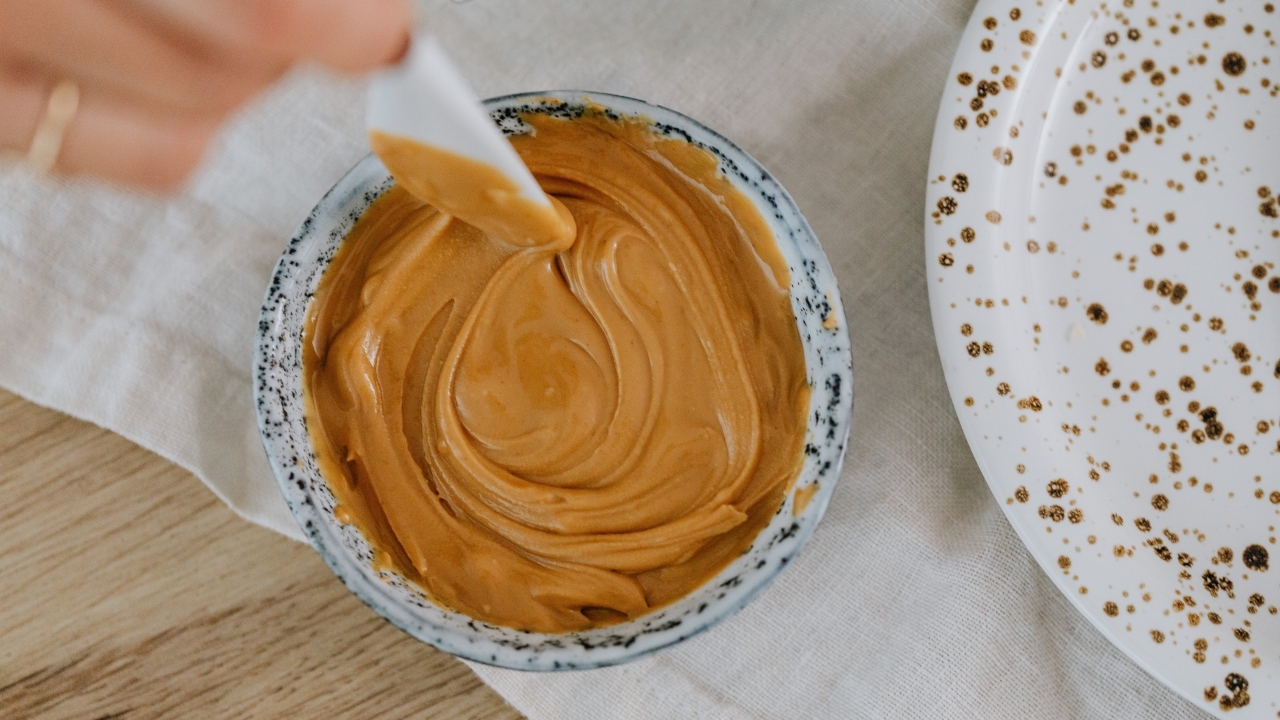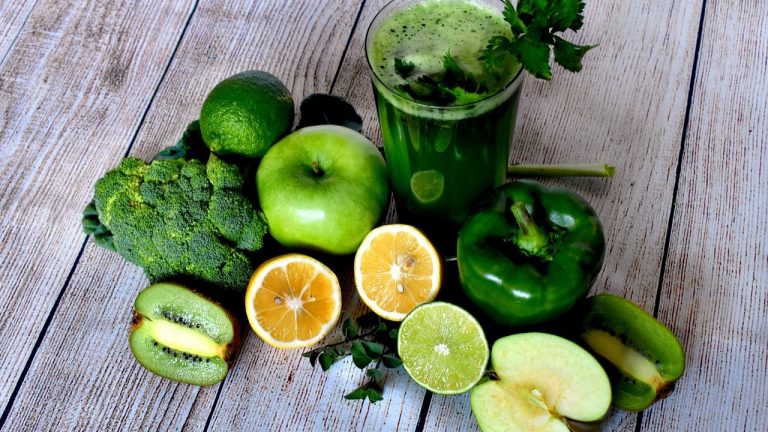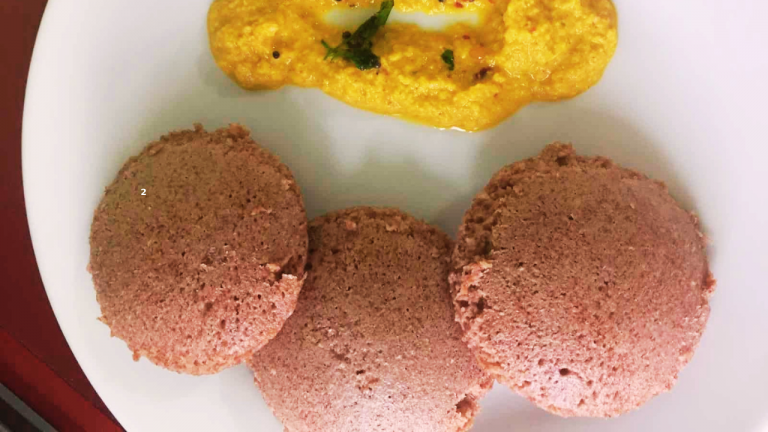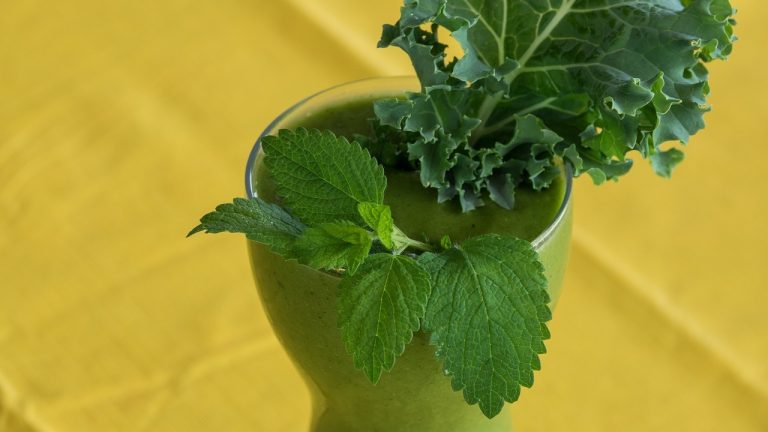Peanut Butter

Ingredient
- 1 cup raw peanuts (100 grams)
Method
- Place the peanuts in a pan and roast on a medium flame for 10 minutes. Then allow them to cool.
- Transfer the peanuts to a blender and blend for 5-7 minutes, Ensure that you only blend for 15-20 seconds at a time, or your blender will overheat.
- First, your peanuts will convert into a powder. You may feel like they will never turn into butter, but soon the powder will turn into a buttery substance.
- Transfer butter into a jar. can store for 5-7 days. Tips: If the butter sticks to the side of the blender, scrape it down and blend again.
Benefits
This recipe outlines the process of making homemade peanut butter using raw peanuts. Here are some benefits of making your peanut butter using this method:
- Control over Ingredients: When you make peanut butter at home, you have control over the quality of ingredients. You can choose high-quality raw peanuts, ensuring that your peanut butter is free from additives, preservatives, and unhealthy oils.
- No Added Preservatives or Additives: Commercial peanut butter often contains added preservatives and additives to prolong its shelf life and enhance flavor. By making your peanut butter, you can avoid these additional ingredients and enjoy a more natural product.
- Freshness: Homemade peanut butter is likely to be fresher than store-bought varieties. Roasting the peanuts just before blending releases their natural oils, contributing to richer and more flavorful peanut butter.
- Customization: You can customize your peanut butter to suit your taste preferences. Adjust the level of roasting for a different flavor profile, or add a pinch of salt or a sweetener like honey if desired.
- No Added Sugars or Salt (Optional): Many commercial peanut butter contain added sugars and salt. By making your own, you have the option to leave these out or control the amount to make a healthier spread.
- Nutrient Retention: Making peanut butter at home allows you to preserve the natural nutrients present in raw peanuts. The minimal processing involved in this recipe helps retain the nutritional value of the peanuts.
- No Hydrogenated Oils: Some commercial peanut butter contains hydrogenated oils, which are trans fats. These unhealthy fats can have adverse effects on health. By making your peanut butter, you can choose healthier oil options or omit them altogether.
- Cost-Effective: Making peanut butter at home can be cost-effective, especially if you buy peanuts in bulk. This can be an economical alternative to buying premium or specialty peanut butter brands.
Remember to store your homemade peanut butter in a sealed jar in the refrigerator for optimal freshness. Enjoy the natural goodness of freshly made peanut butter without the added artificial ingredients often found in commercial varieties.
November 21, 2023
0



